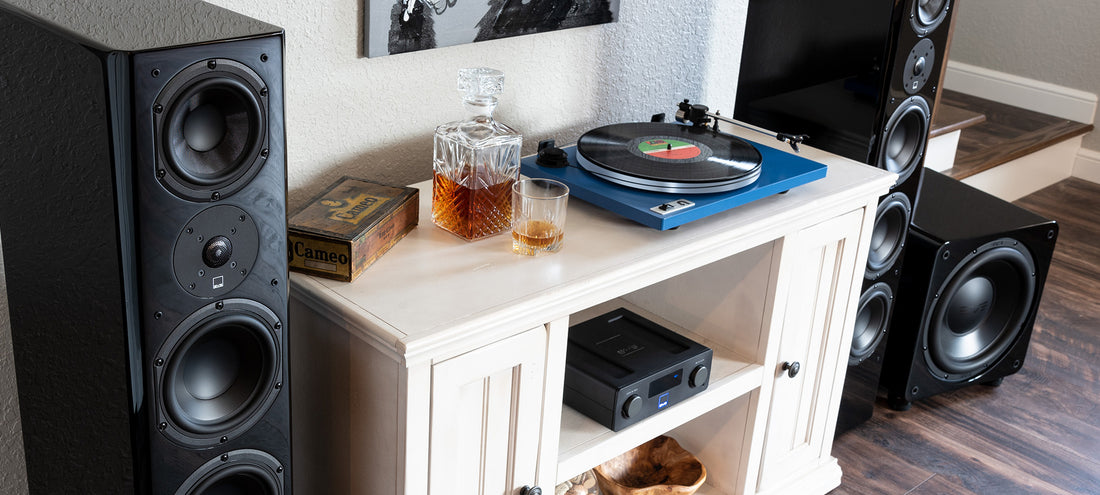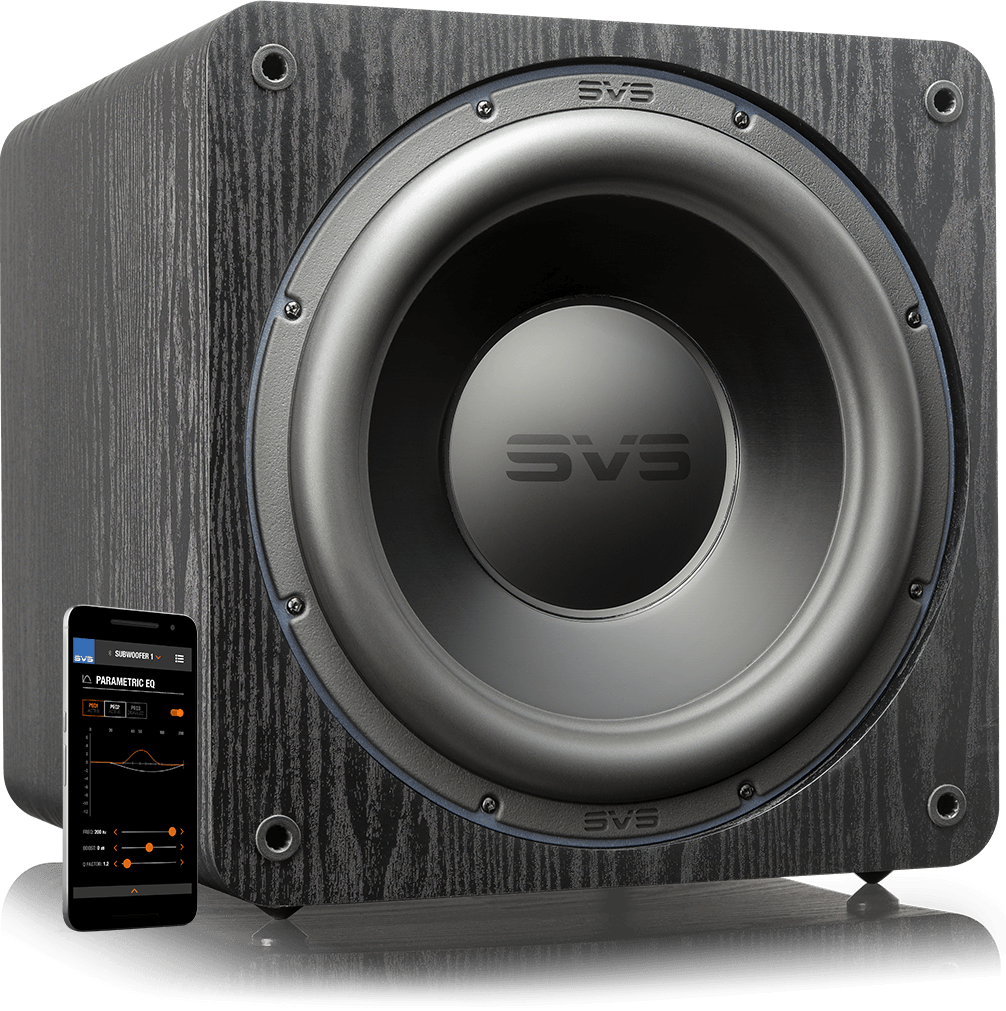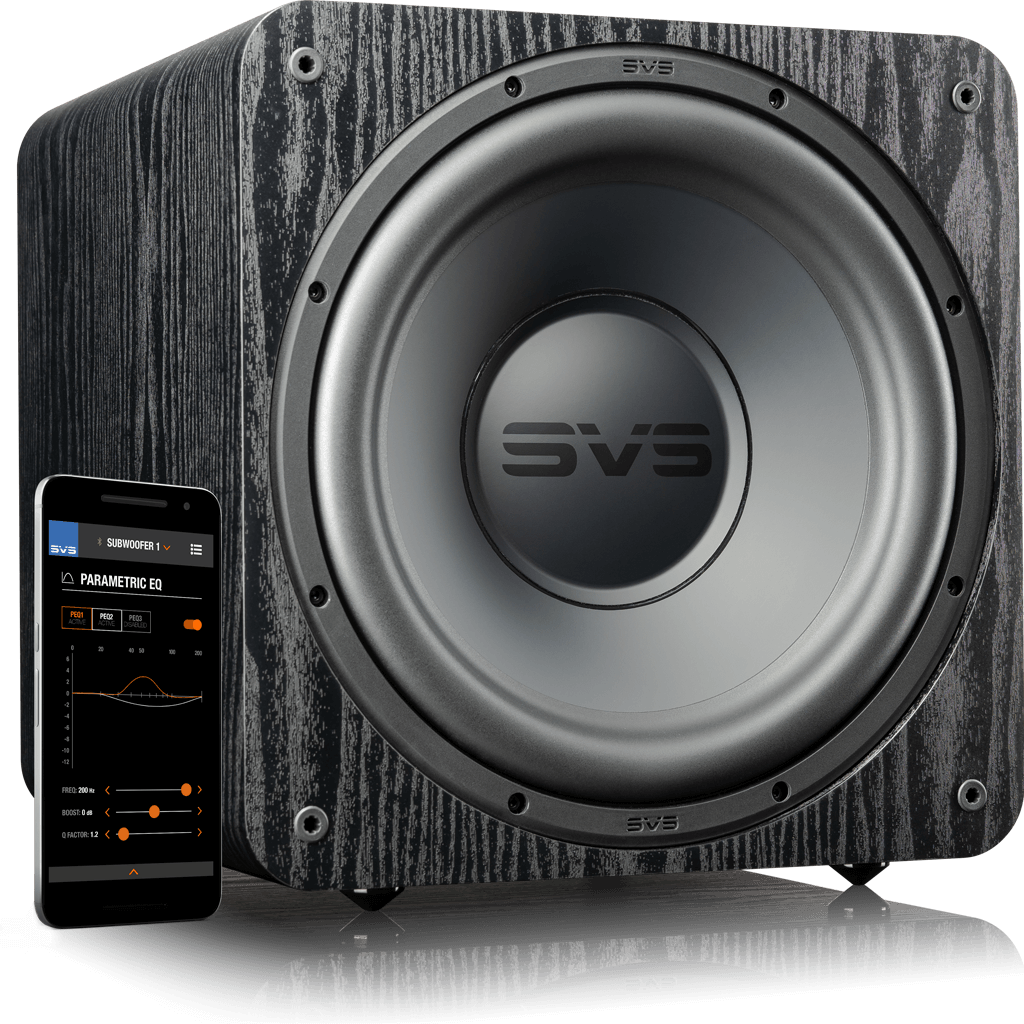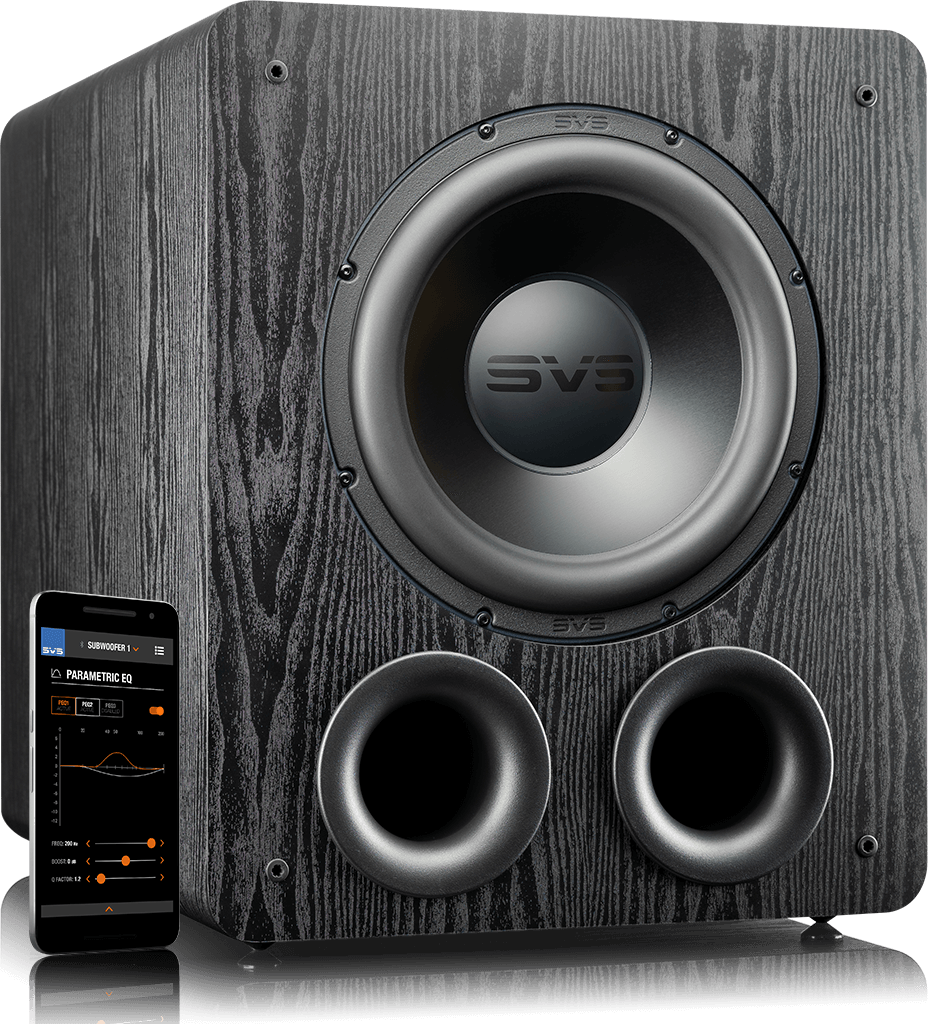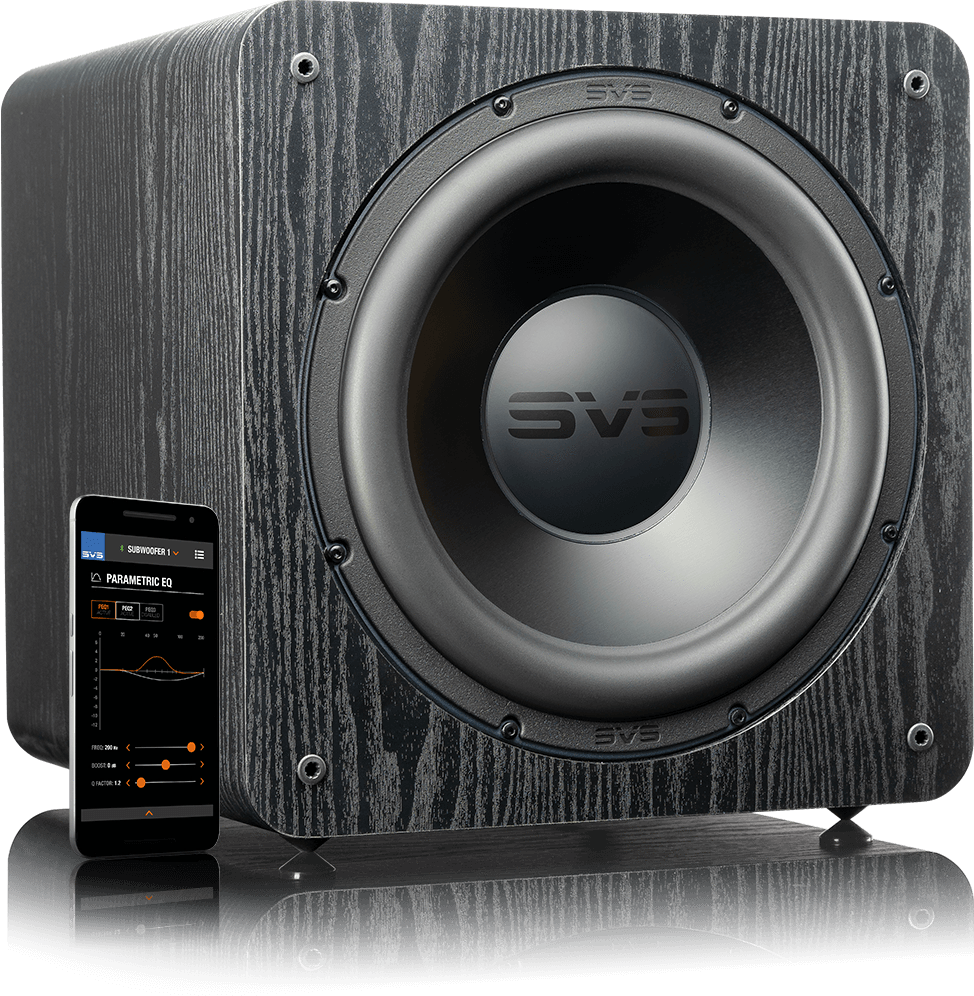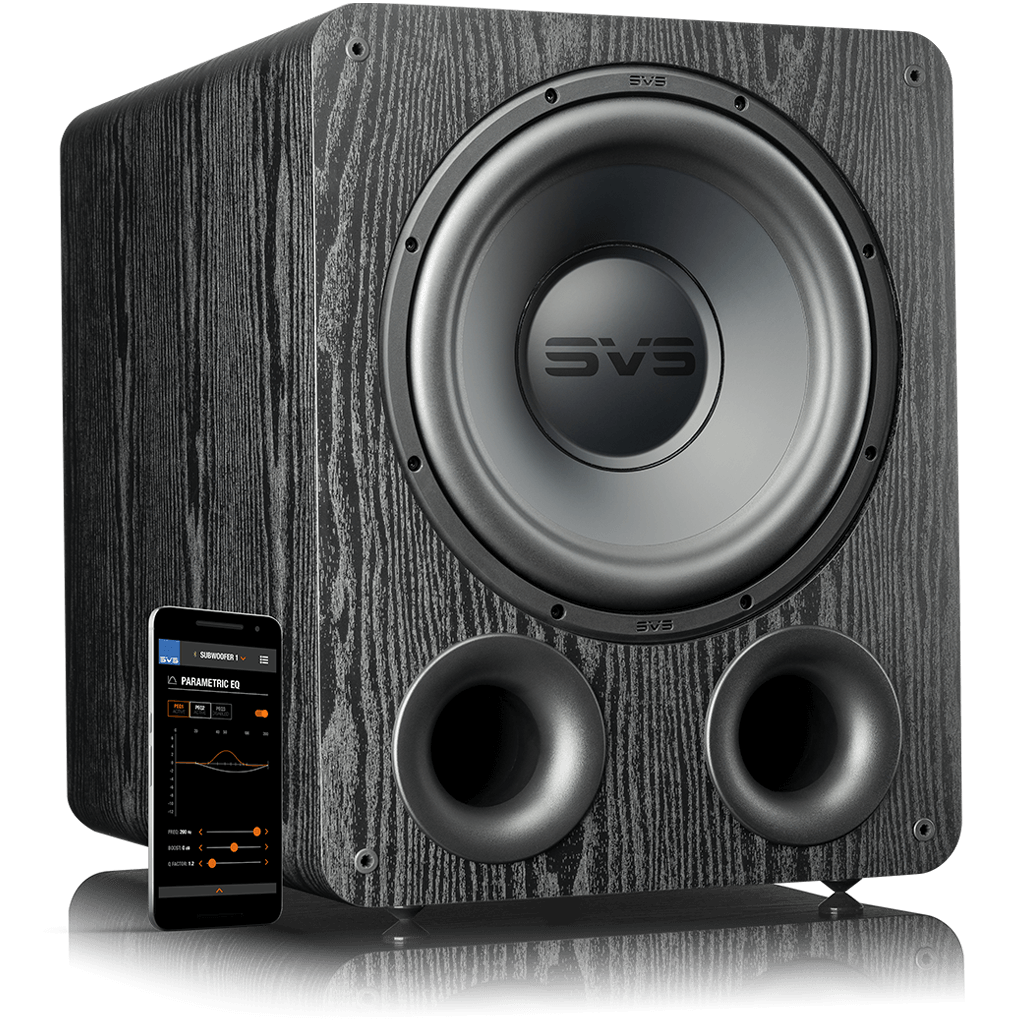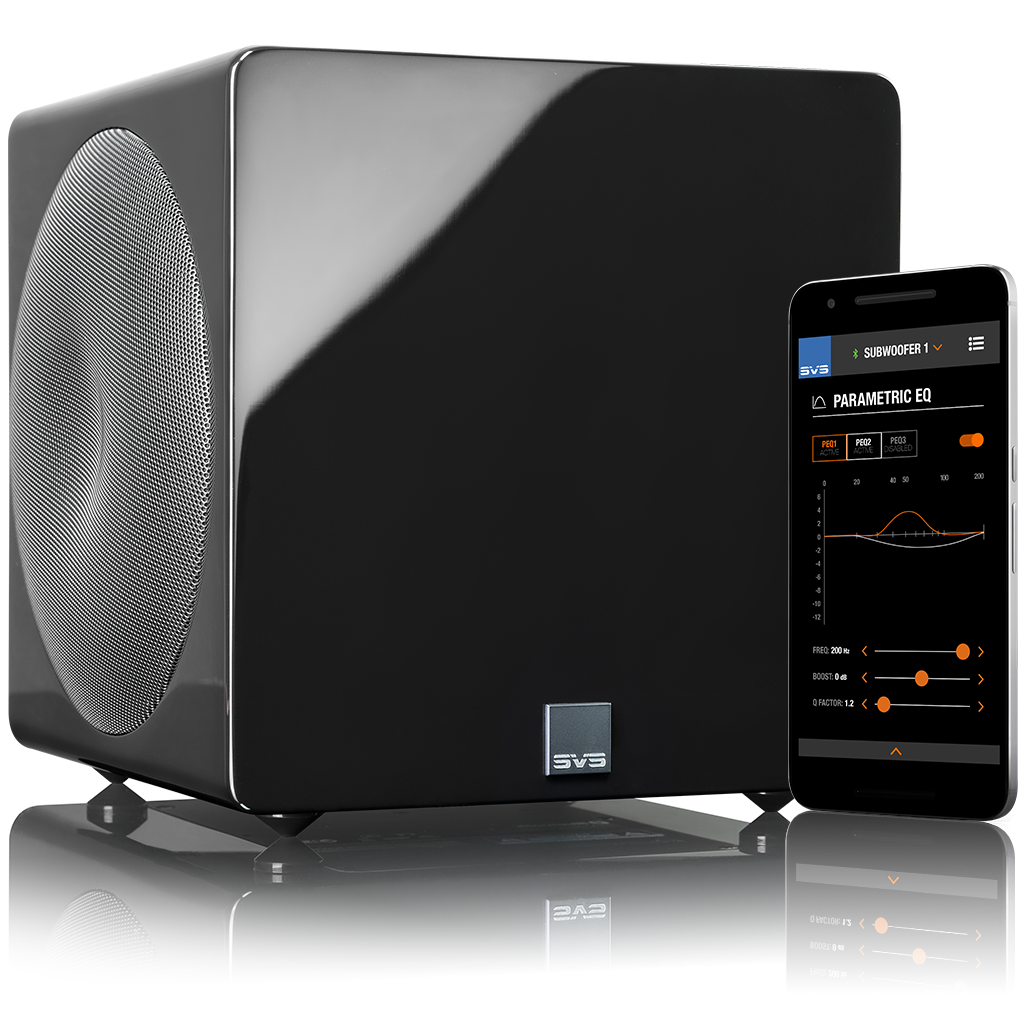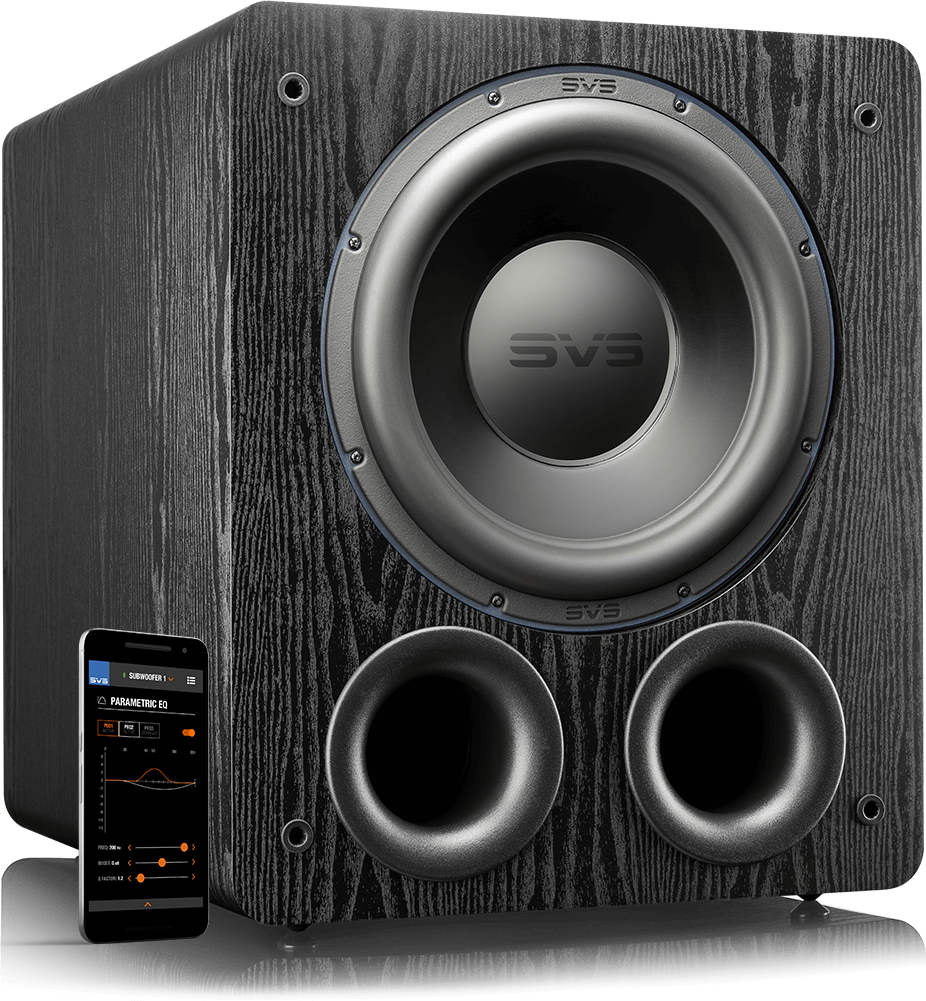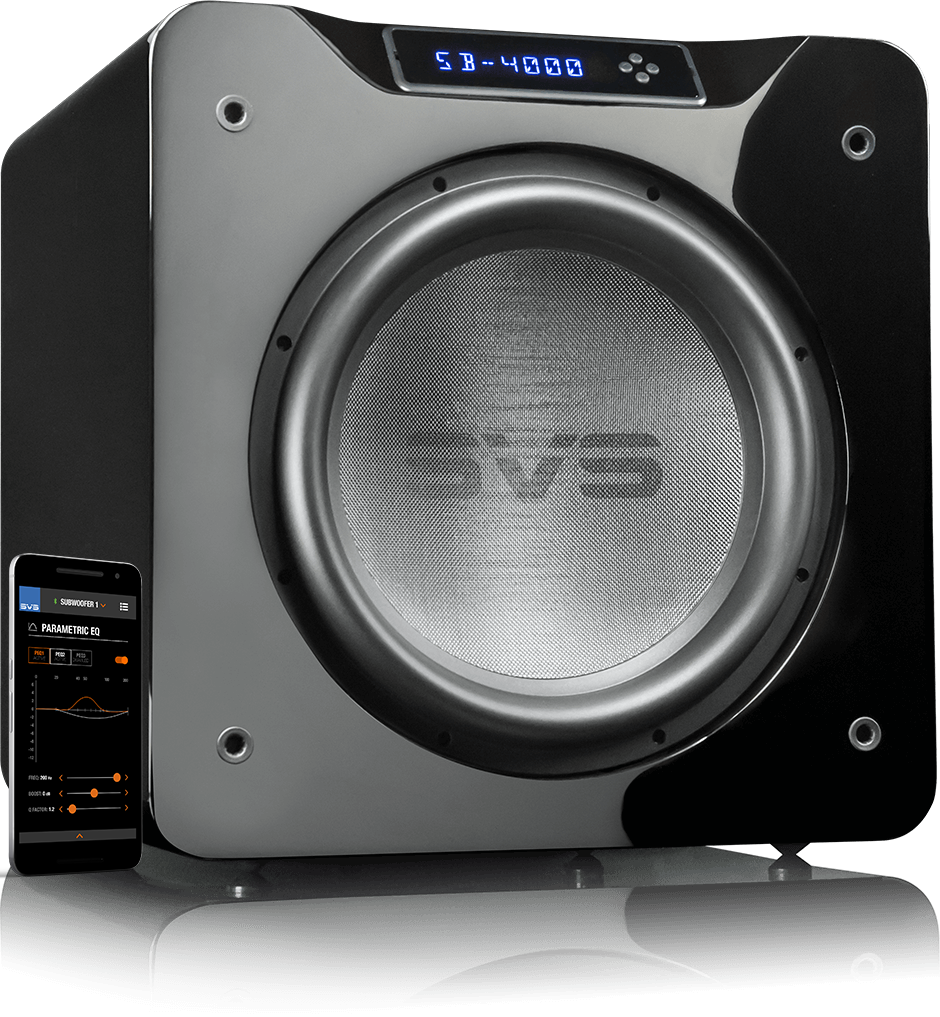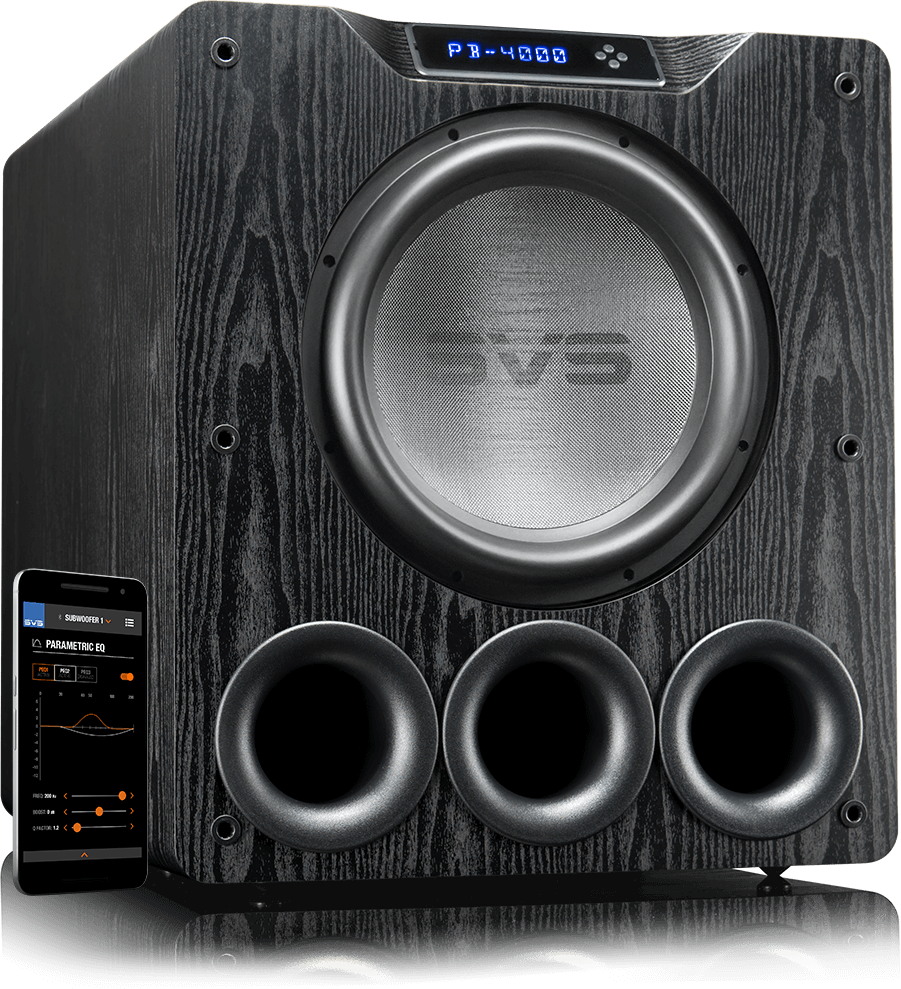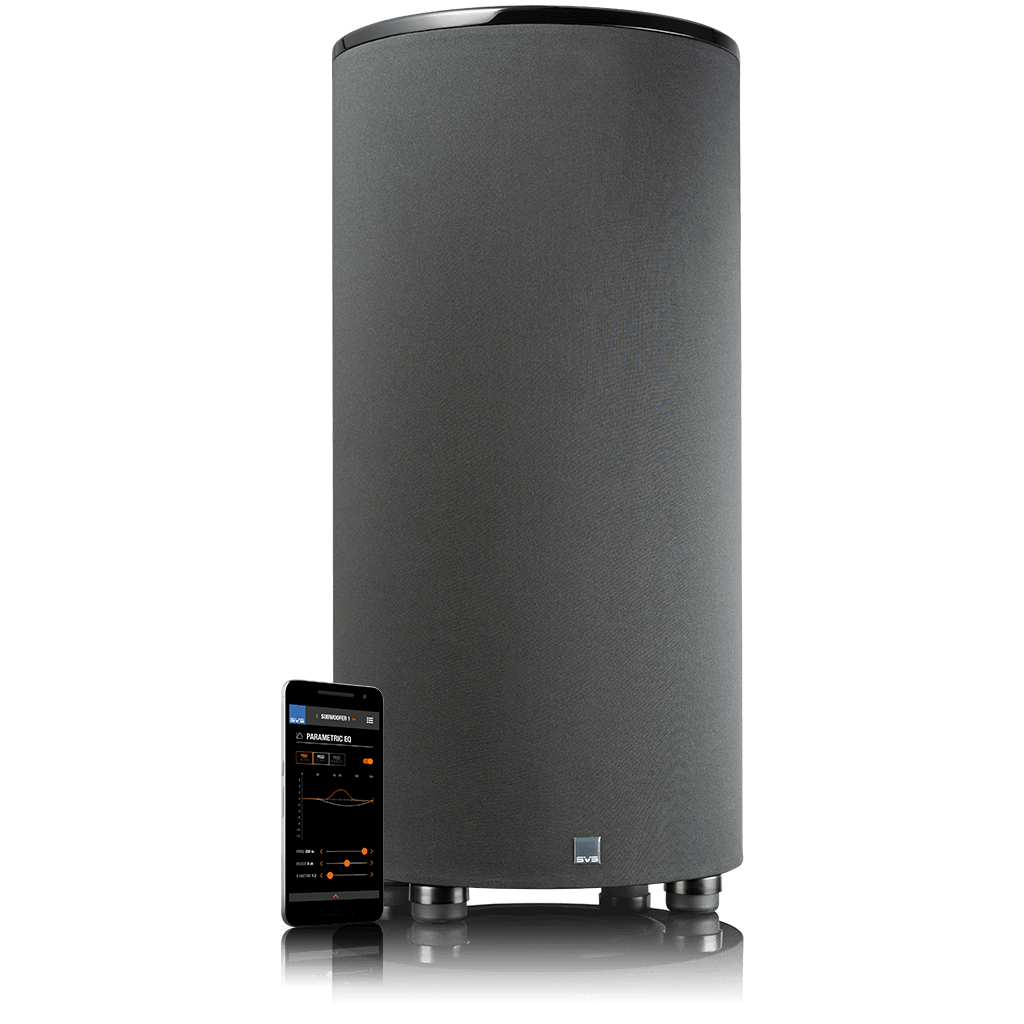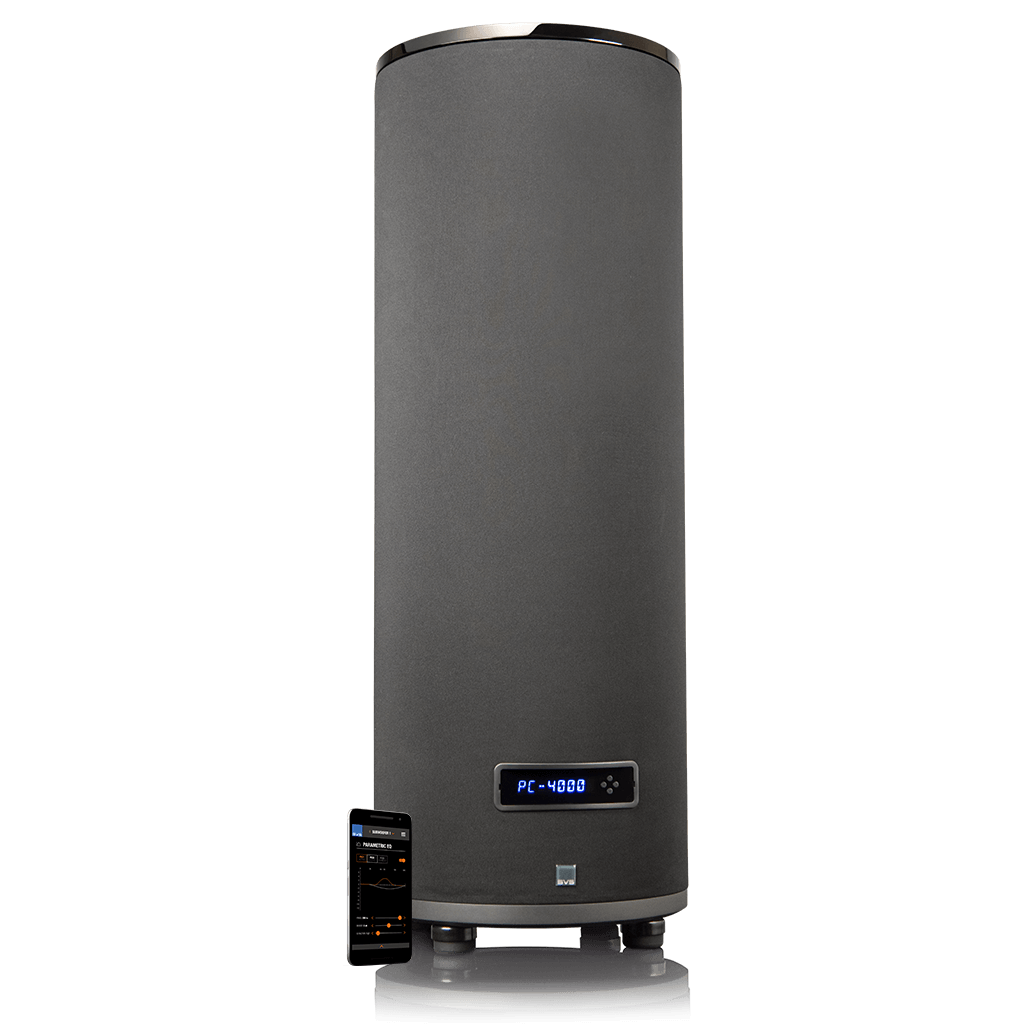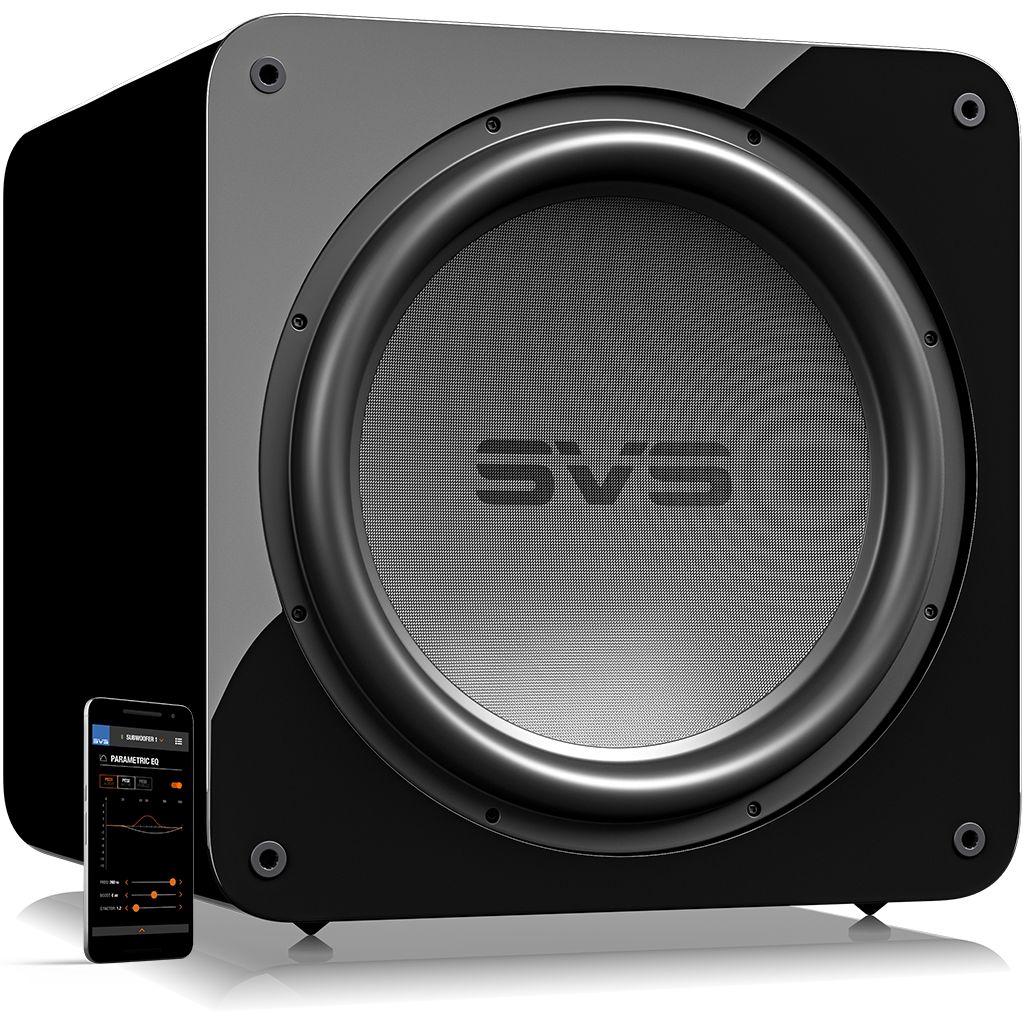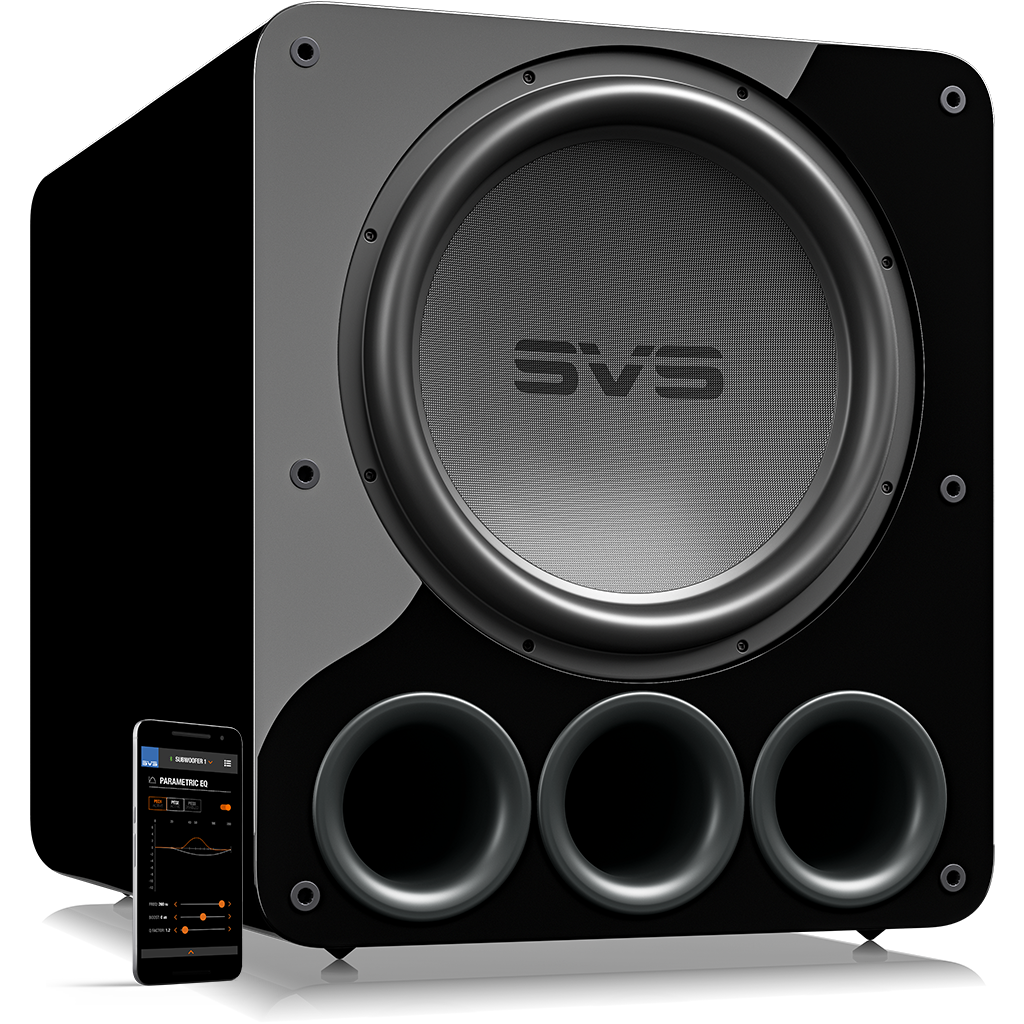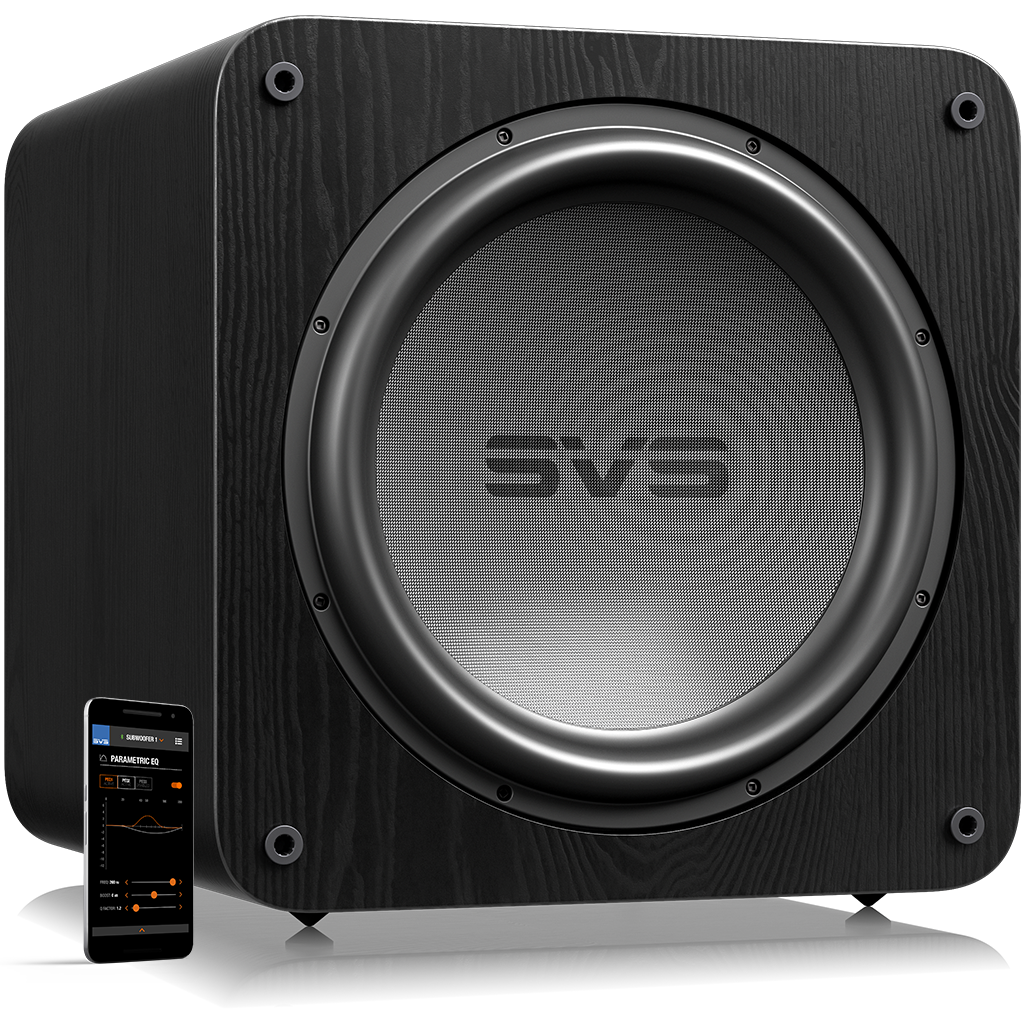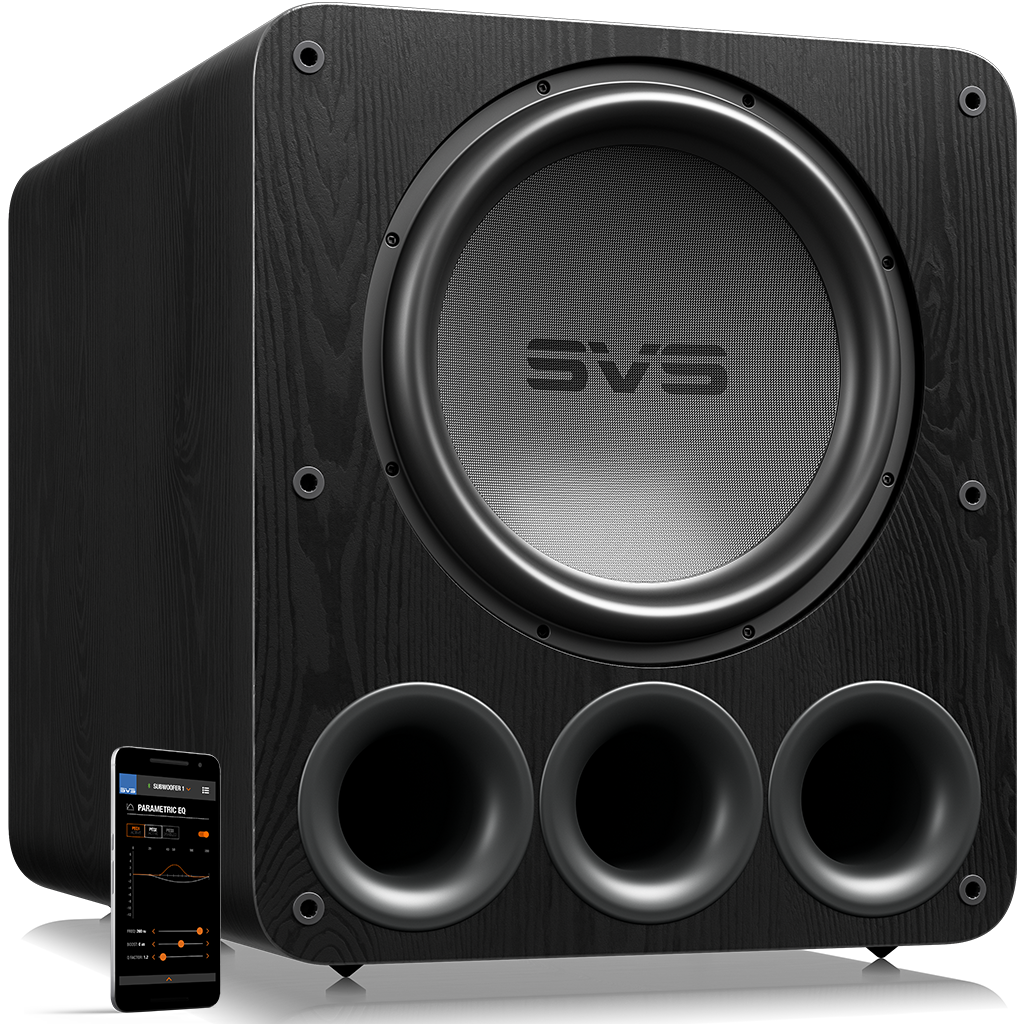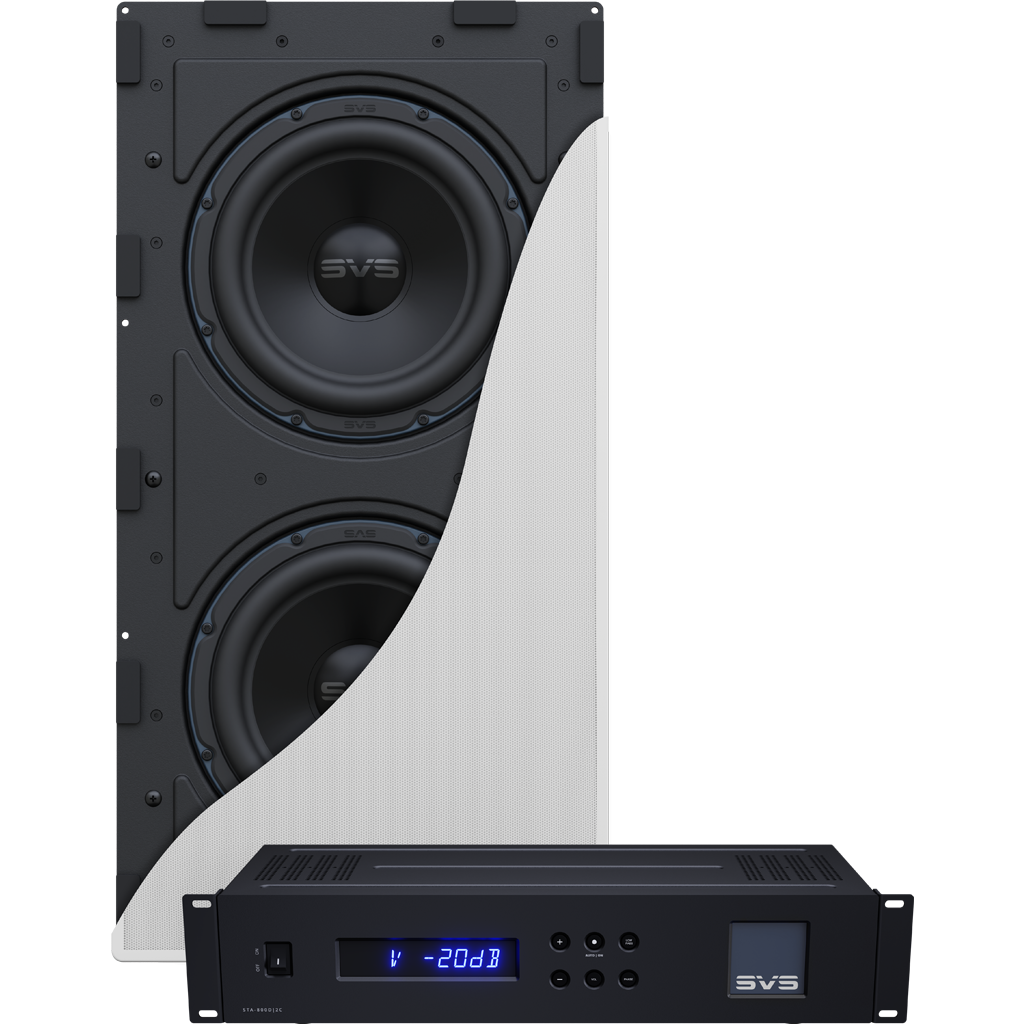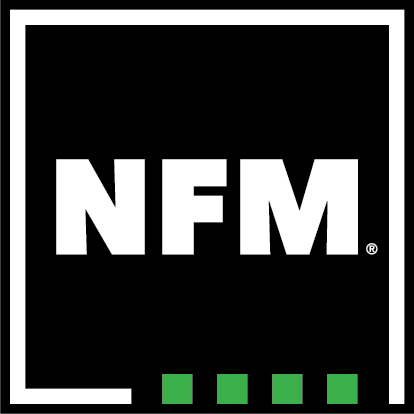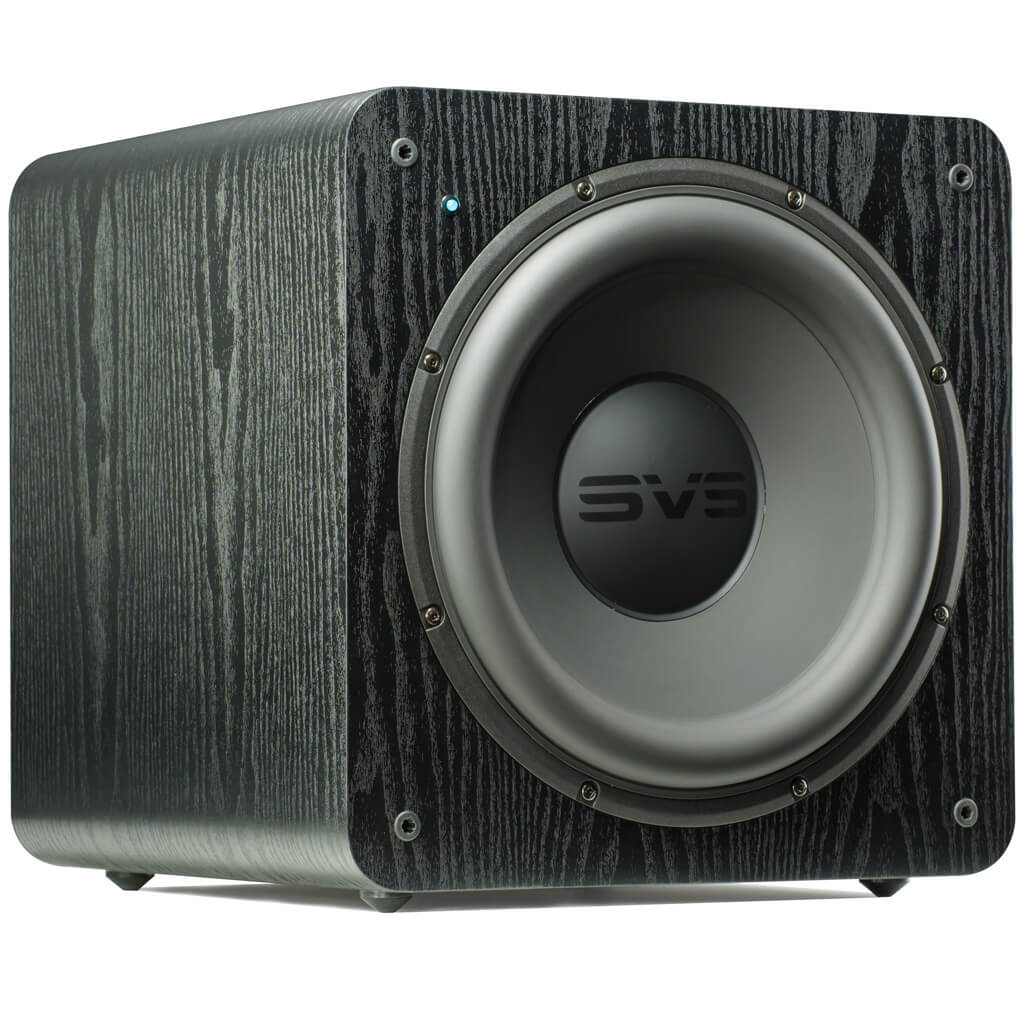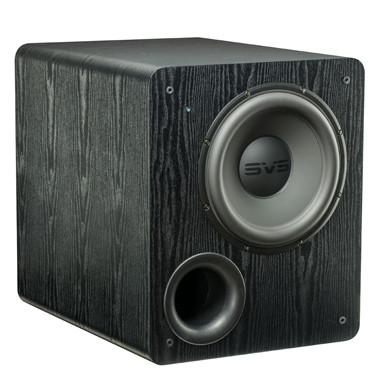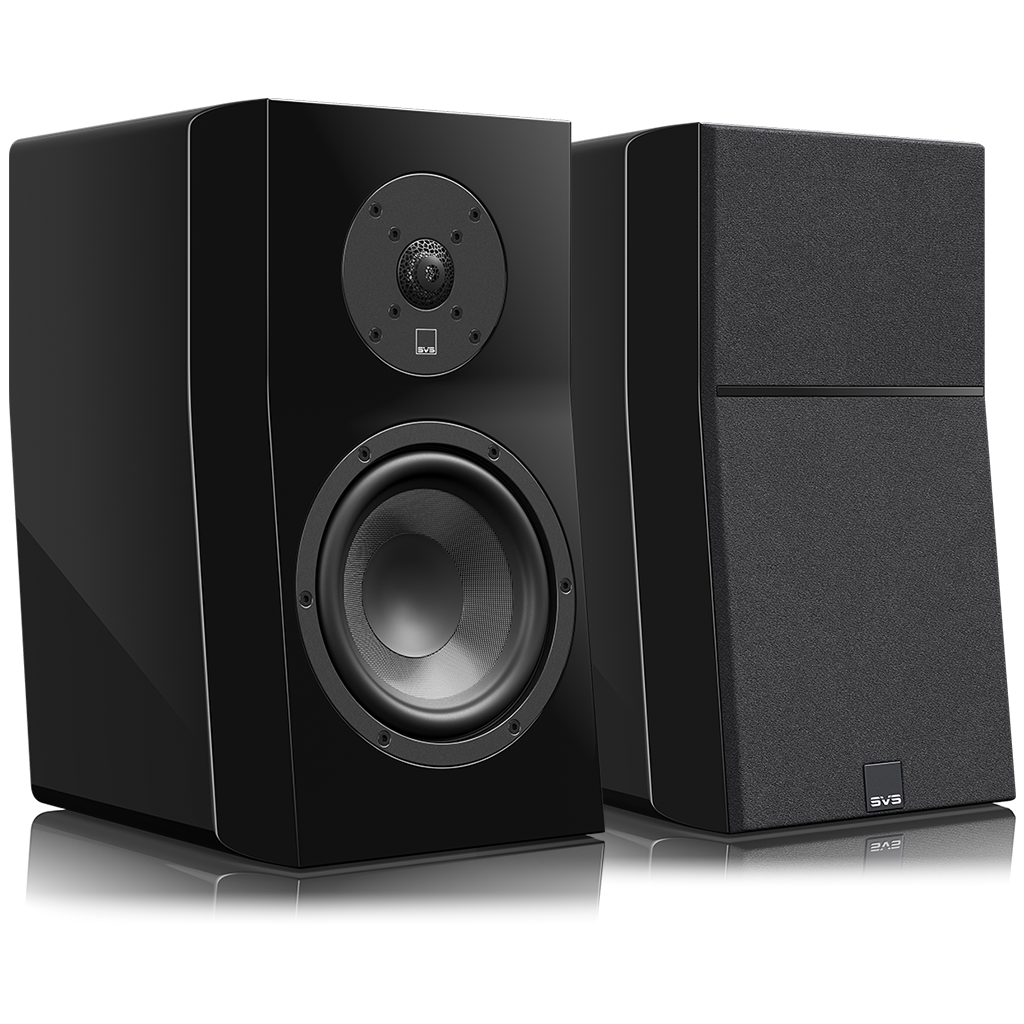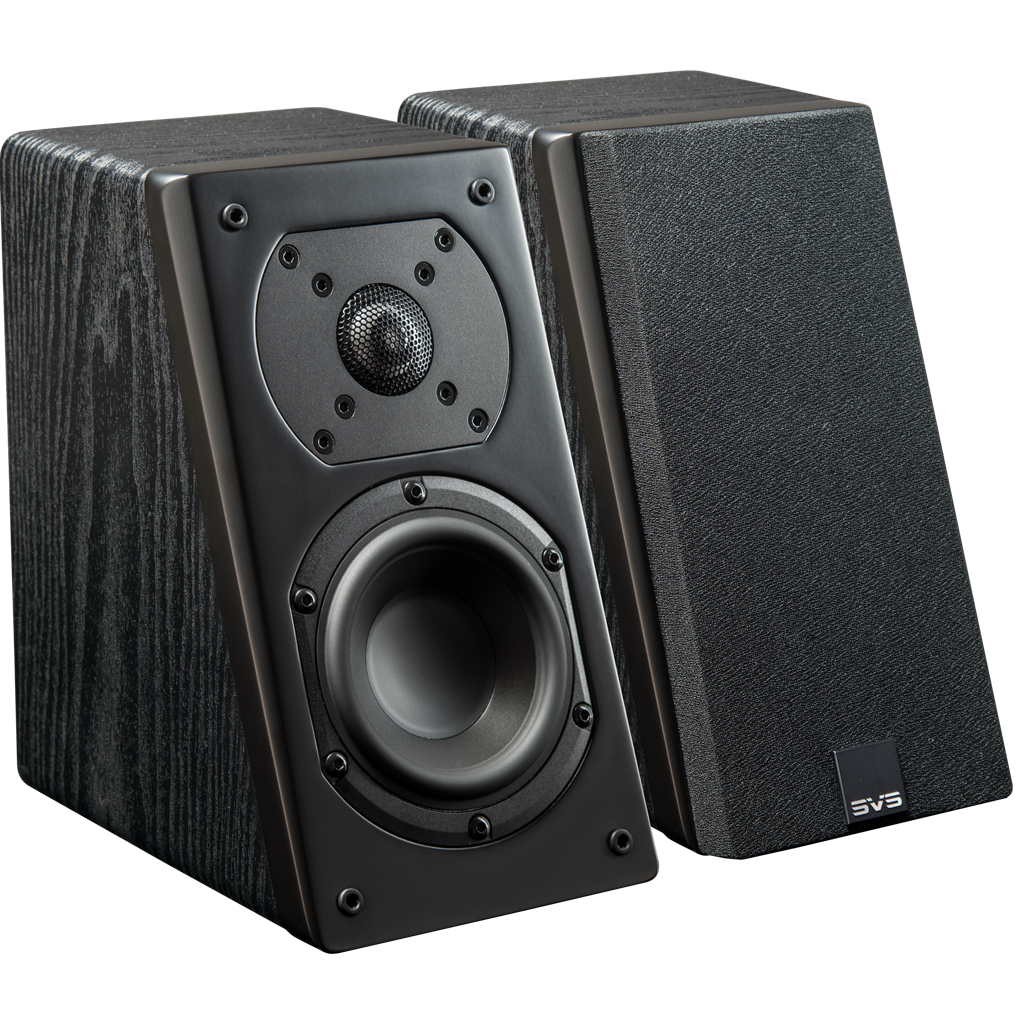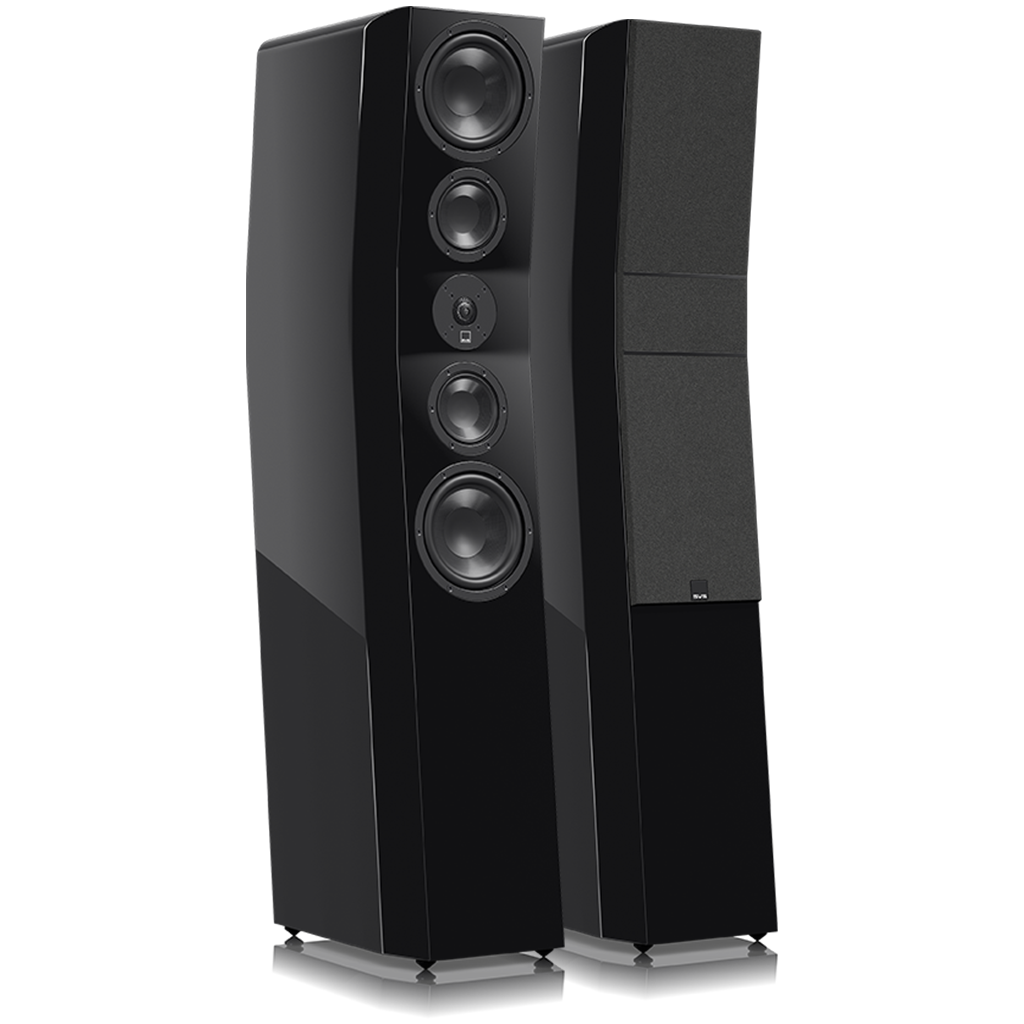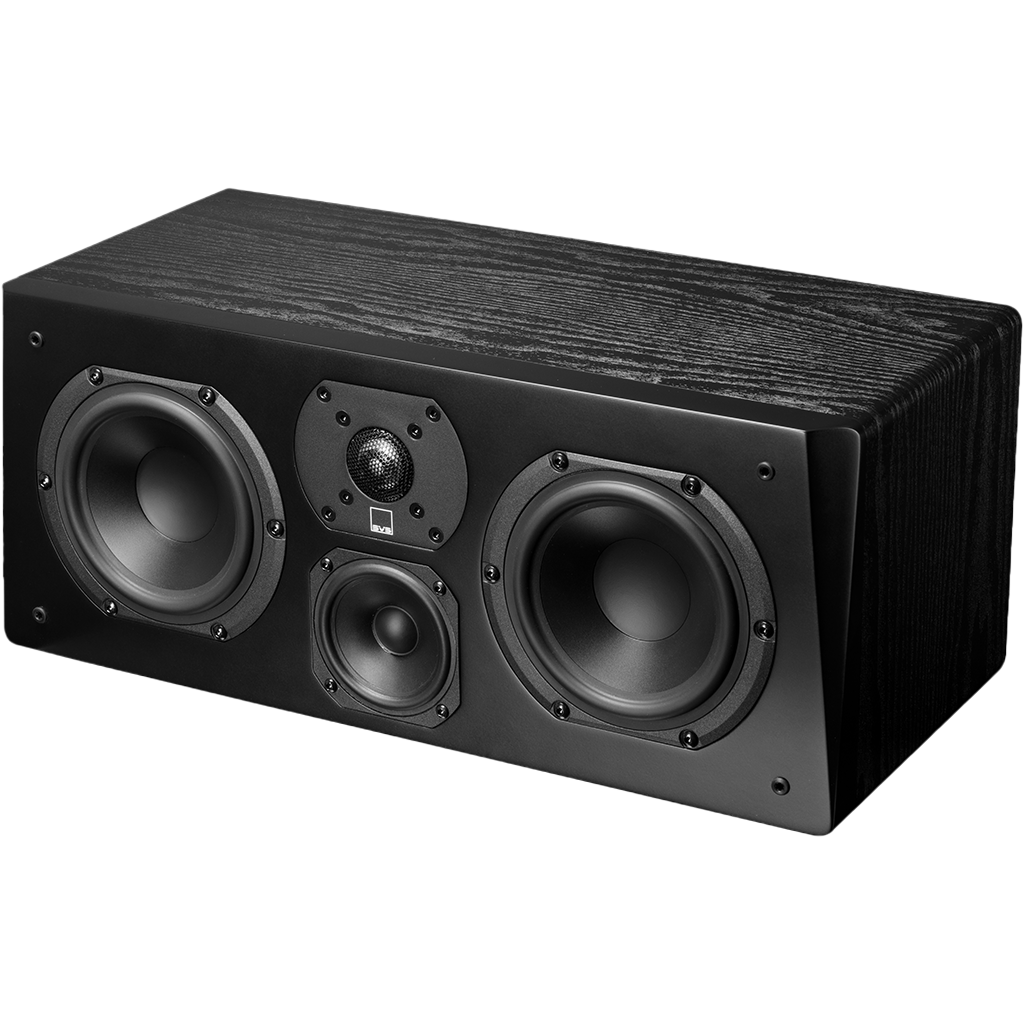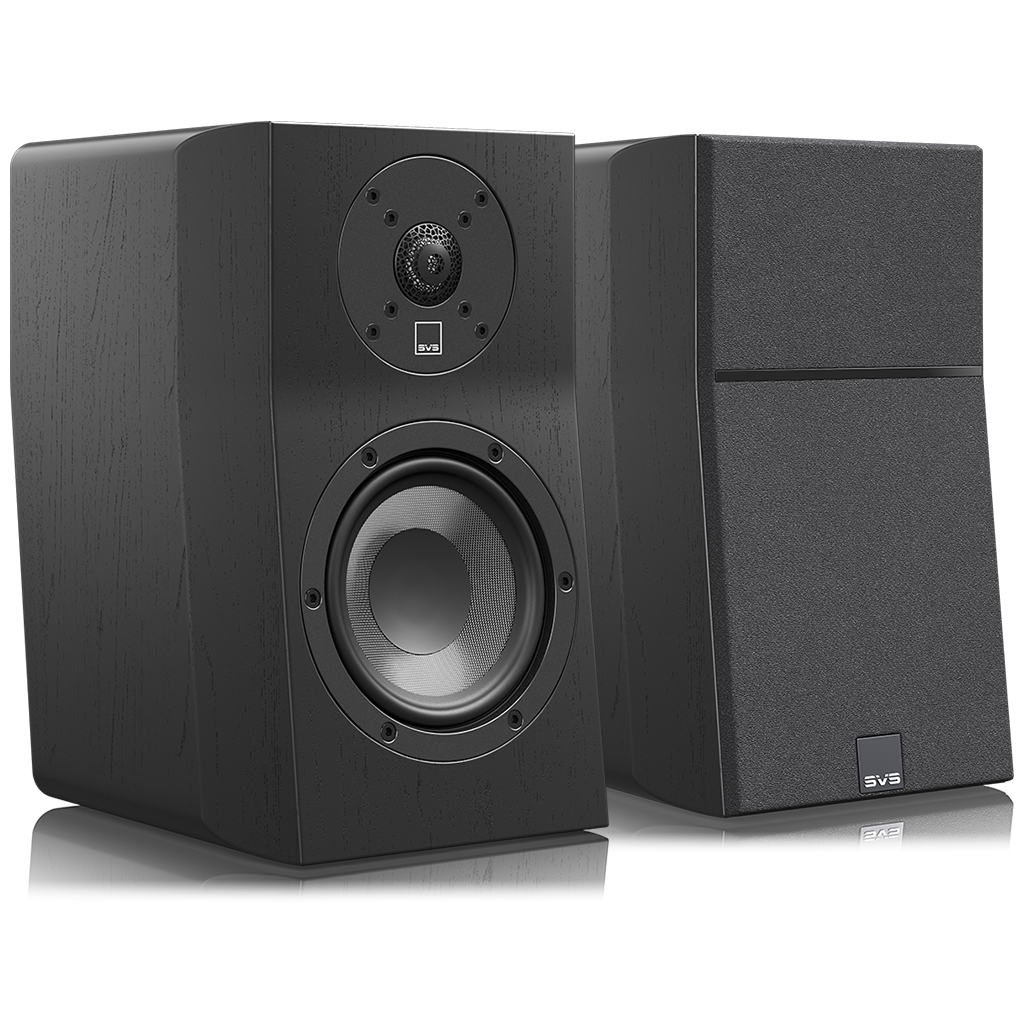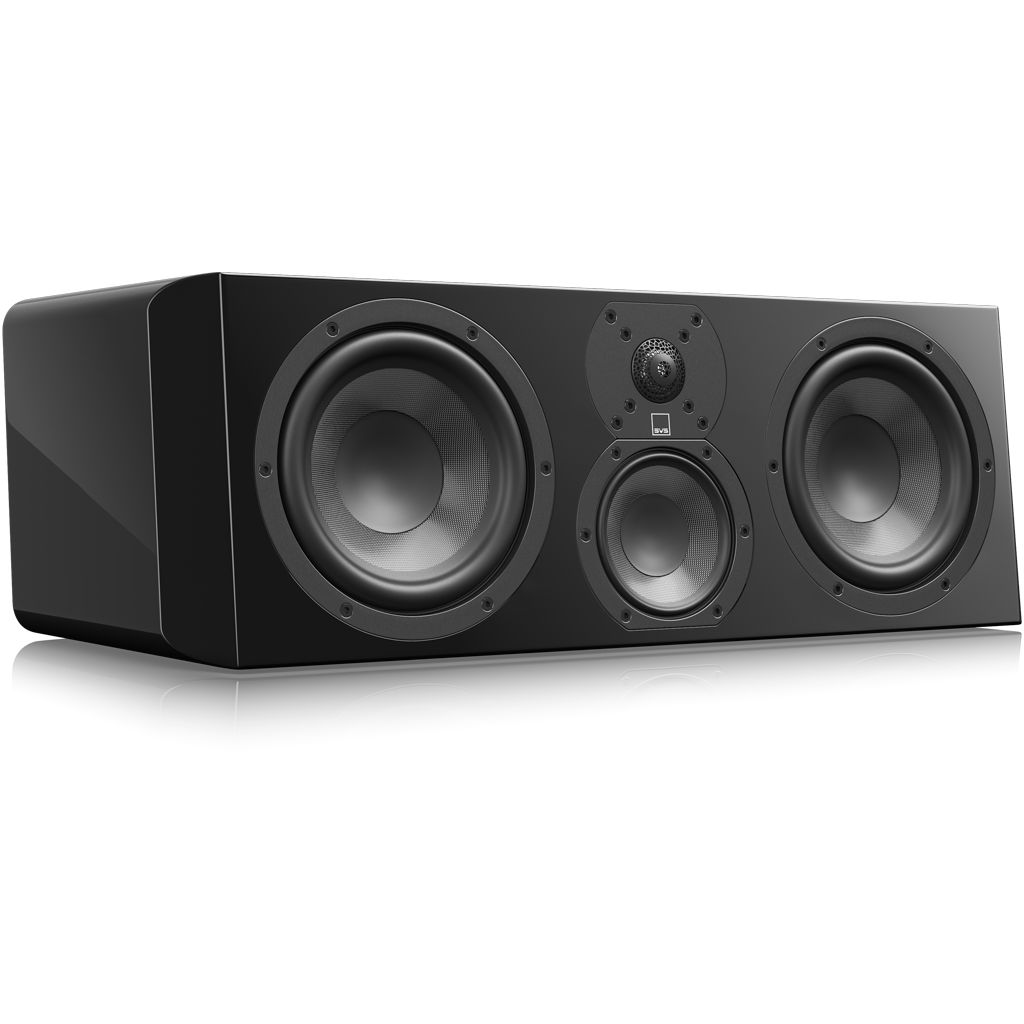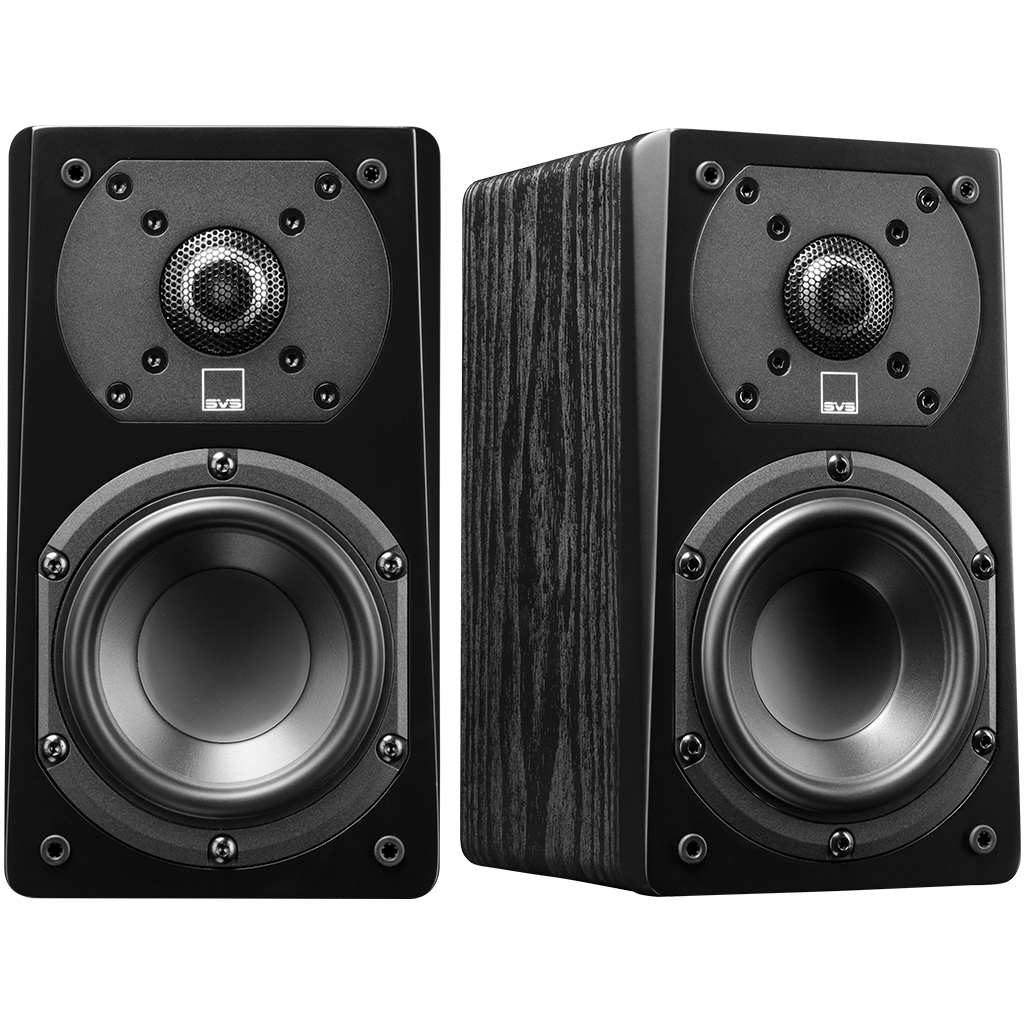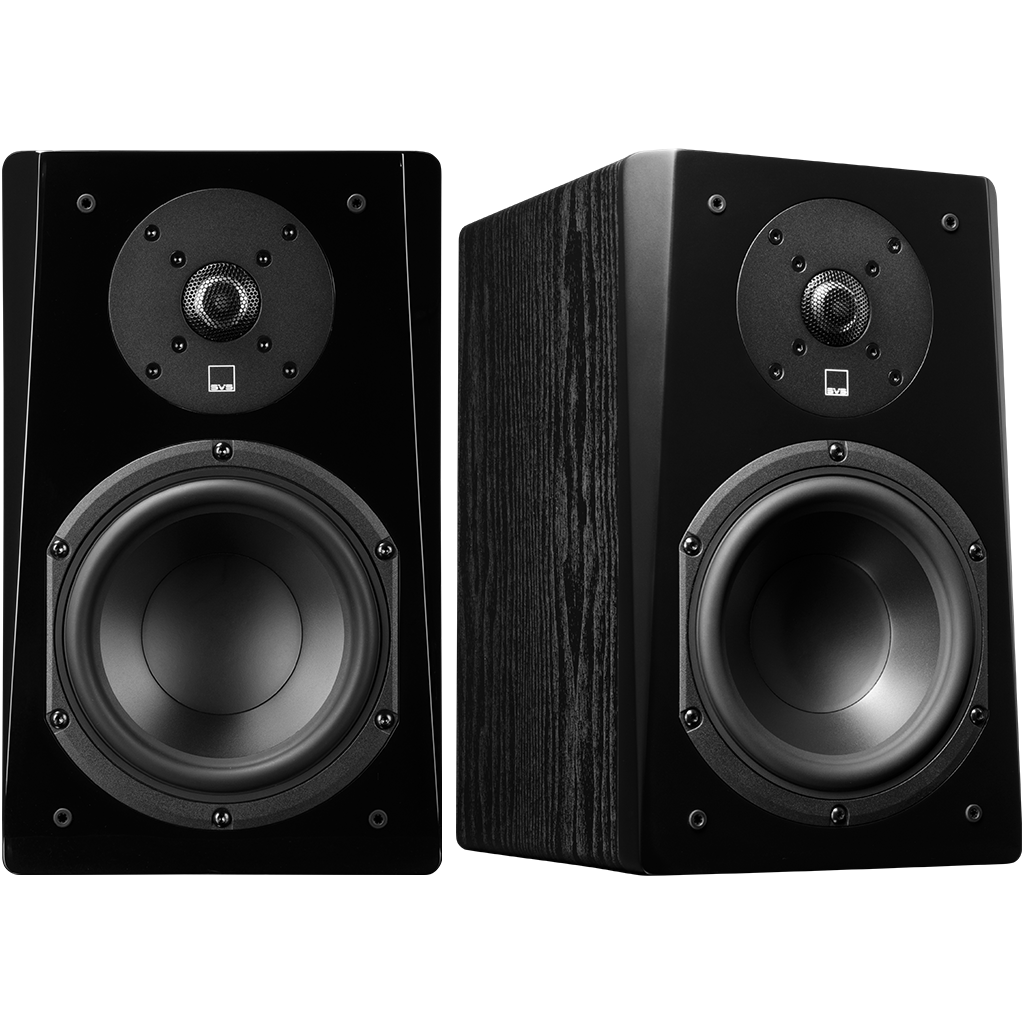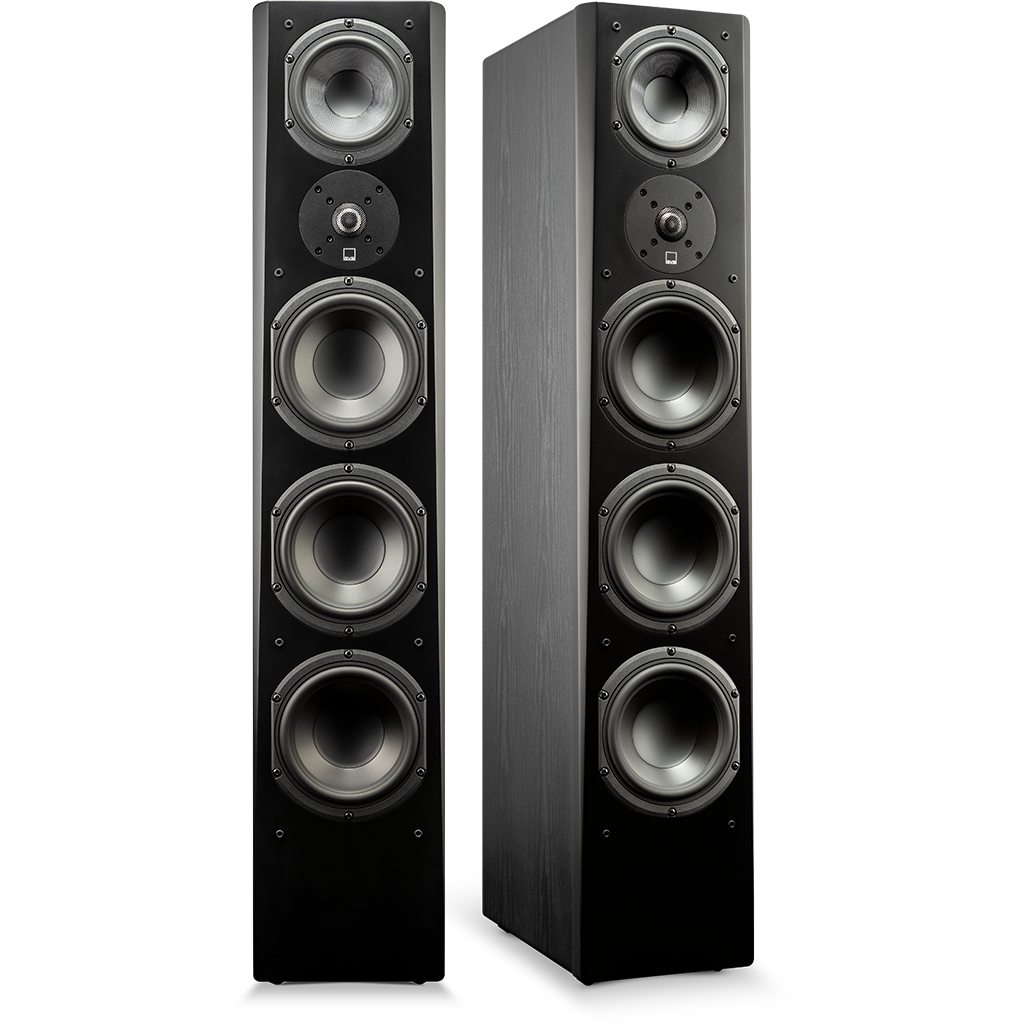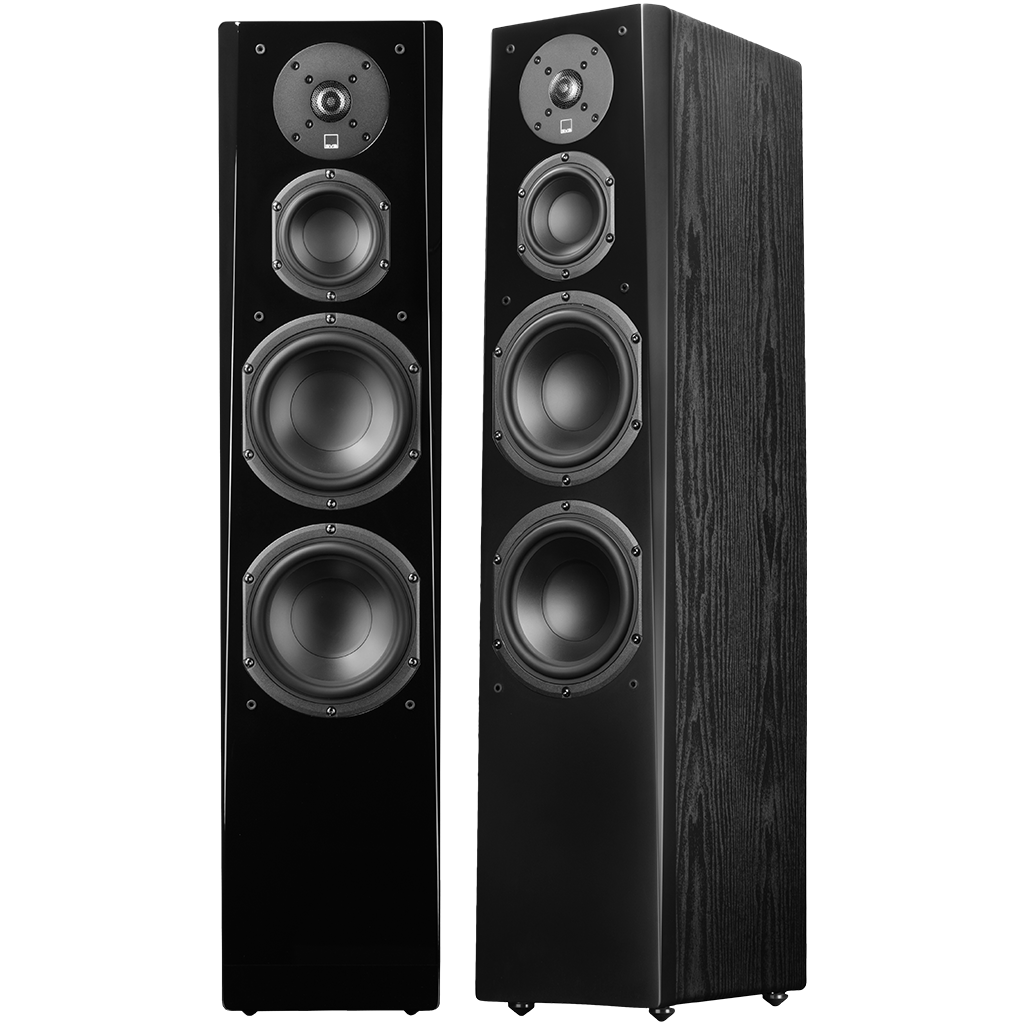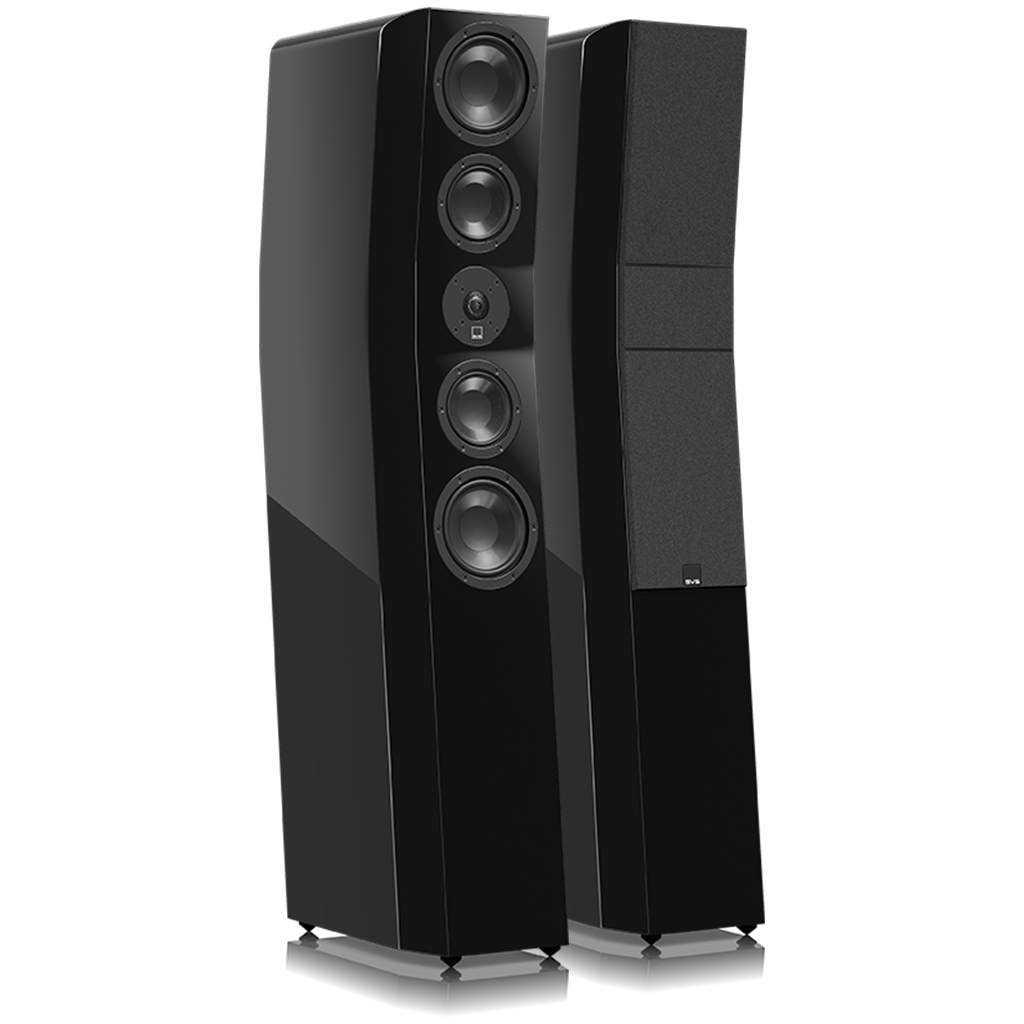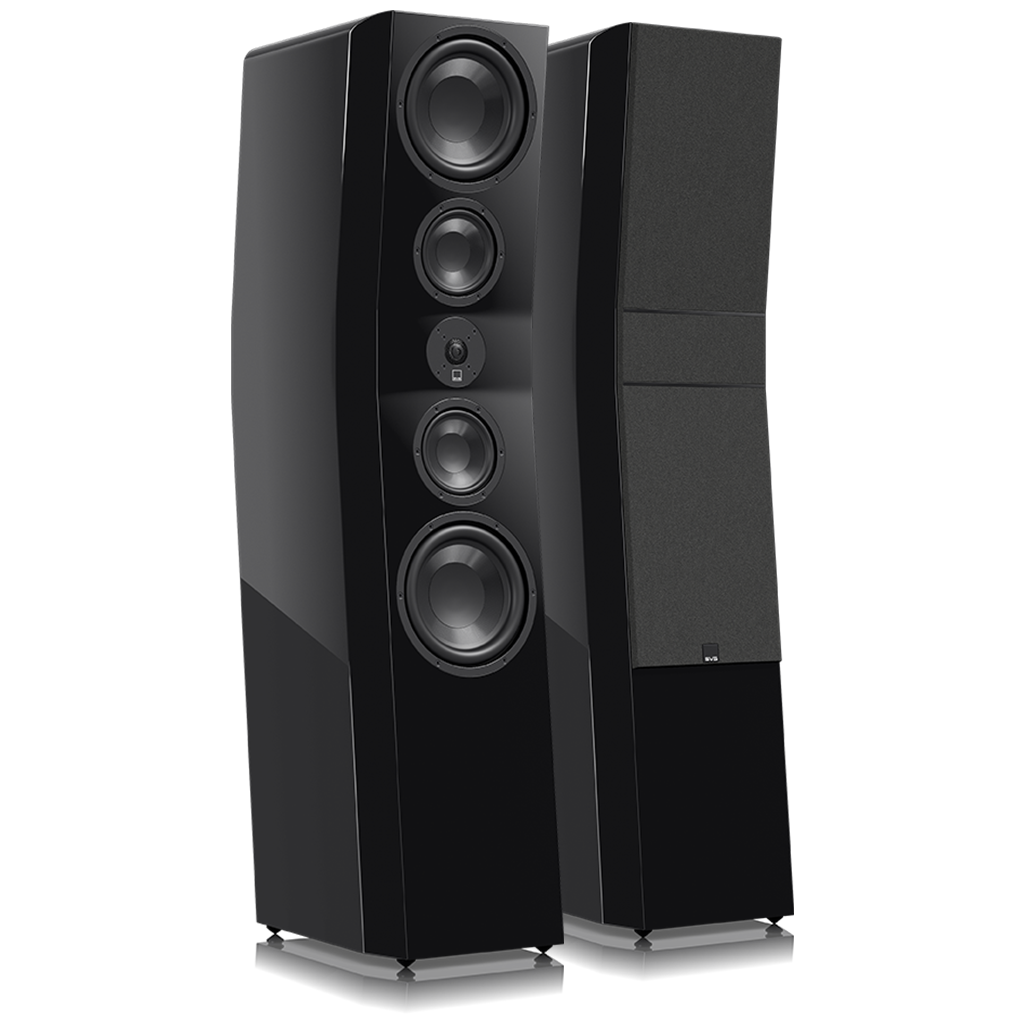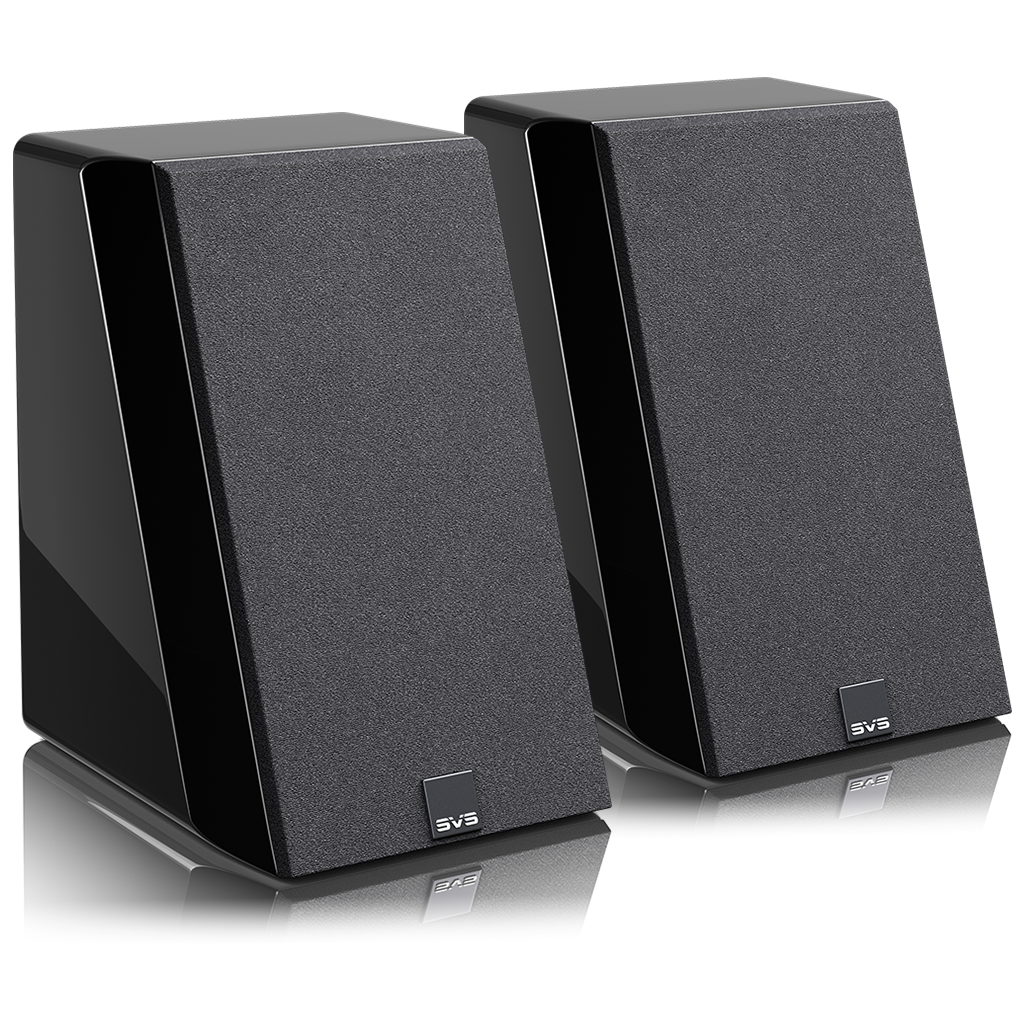Which Sounds Better, Vinyl or Digital Music?
Which Sounds Better, Vinyl or Digital Music?
Analog vinyl records or digital high-res music? It's a perennial question that gets heated reactions in audiophile circles! The answer depends as much on your individual experience as it does on objective measurements, so this blog is not going to settle the debate. But we can try to educate and shed some light on the issue so you can come to your own conclusion.
Defining Analog and Digital Music

Vinyl records are an analog medium. They store audio information as tiny undulating grooves in the surface of the vinyl record. Those grooves actually look like the sound waves they represent; in other words, they are analogous to the sound waves, hence the name analog.
To listen to the audio on a vinyl record, you place it on a turntable, which spins the record at a certain speed. A stylus or needle at the end of a tonearm is placed in the groove, and it wiggles with the undulations as the record moves beneath it. Those wiggles are converted to an audio signal, which is then amplified and played on speakers or headphones.
By contrast, digital-audio files store audio in the digital realm. An analog audio signal enters an analog-to-digital converter (ADC), which converts the analog signal into digital information—a series of 1s and 0s. Without getting too technical, the analog audio waveform is "sampled" many times per second, recording the instantaneous level of the waveform as it rises and falls using several digital bits to encode the level value of each sample.
On CDs, the waveform is sampled 44,100 times per second, and the level of each sample is encoded with 16 bits. This leads to the specs you might have heard: a sampling rate of 44.1 kHz and a bit depth of 16 bits, often written 16/44.1 or 44.1/16. So-called "high-resolution" digital audio files use higher sampling rates and bit depths; the most common are sampling rates of 48, 96, and 192 kHz with a bit depth of 24 bits. If you’d like to learn more about all aspects of high-res music, check out this blog.
When you play a digital-audio file from a computer, smartphone, or other digital device, a DAC converts the digital information to analog. Likewise, when you put a CD in a CD player, a laser reads the digital information, which is sent to a digital-to-analog converter (DAC) that converts it back into an analog audio signal. That signal is then amplified and played on speakers or headphones.
Digital Compression for Your Convenience

The digital-audio information on a CD or in a high-res music file is a direct representation of the original analog signal; it's often referred to as being uncompressed. Such formats include WAV (Waveform Audio File Format) and AIFF (Audio Interchange File Format). However, in much of the digital music heard today, some of the data has been removed to reduce the file size and bandwidth required to transmit and store the file for easier streaming and downloading. Such files are referred to as being compressed.
This is accomplished by removing certain frequencies, which you supposedly can't hear anyway because they are "masked" by other nearby frequencies. Amazingly, up to 90 percent or even more of a file's information can be removed in this way, and it still sounds more or less—but not exactly—like the original.
Lossy vs. Lossless Audio Compression
Because this process removes frequencies that cannot be recovered, it is called lossy compression. Examples of lossy compression systems include MP3 (MPEG-1 Audio Layer III) and AAC (Advanced Audio Coding).
It's also possible to reduce the file size without irrevocably losing any data, which is called lossless compression, but this can only reduce the file size and bandwidth requirement by about 50 percent. Examples of lossless compression schemes include FLAC (Free Lossless Audio Codec) and ALAC (Apple Lossless Audio Codec).
What is a “codec”?
To compress a digital-audio file, it passes through the first part of a codec (coder/decoder), which encodes the data with the selected form of compression. Then, to play the file, it passes through the second part of a codec (the decoder), which reconstructs an uncompressed version of the data. If the original compression was lossy, the decoder makes its best guess about what the missing data should be; if the compression was lossless, the decoder can reconstruct the original data exactly.
What is the Bitrate Spec?

Once a file has undergone lossy compression, the most important specification is its bitrate—that is, how many bits per second it uses to transmit online or from one device to another. MP3 is a very common form of lossy compression, which can have bit rates from 32 kilobits per second (kbps) up to 320 kbps. The higher the bitrate, the better the sound quality. Music shouldn't be encoded at a bitrate lower than 128 kbps, or it will sound pretty lifeless. Lower bitrates are used only for speech.
By comparison, uncompressed CD audio has a bitrate of 1.4 megabits per second (Mbps), which is more than 10 times the MP3 bitrate of 128 kbps. (Notice that MP3 at 128 kbps reduces the bandwidth requirement by a factor of roughly 10, or 90 percent, compared with CD.) Uncompressed high-res music files have bit rates even higher than CD.
Dynamic Range and Frequency Response Breakdown
Now, let us get down to measurables. The two primary characteristics of any home audio speaker system are dynamic range (the difference between the softest and loudest sounds the system can accurately store and reproduce) and frequency response (the range of frequencies the system can accurately store and reproduce at roughly the same level). For reference, the maximum dynamic range that a person with normal hearing can perceive is around 120 to 130 decibels (dB), while the maximum frequency range of normal human hearing extends from 20 Hz to 20 kHz.
Keep in mind that only newborn babies can actually perceive frequencies up to 20 kHz. As we age, the upper limit of our hearing decreases, especially if we frequently listen at reference volume or attend loud concerts! Young adults typically can't hear anything above 15 or 16 kHz at best, and seniors are often limited to 12 kHz or even lower.
Vinyl records have a typical dynamic range of around 70 dB, depending on the equipment used to record the audio and cut the record. CDs have a typical dynamic range of 90 to 93 dB, though 16-bit digital audio has a theoretical dynamic range of 96 dB. Uncompressed high-res audio files with 24-bit resolution have a theoretical dynamic range of 144 dB, though modern ADCs and DACs max out at around 120 dB or so.
In terms of frequency response, vinyl records can store and reproduce frequencies as low as 20 Hz and as high as 20 kHz. Depending on the cartridge, some vinyl records have achieved frequencies up to 50 kHz, but you need very special playback equipment to reproduce such high frequencies, and no one can hear that high anyway. On the low end, vinyl can't go much below 20 Hz because of the physical limitations of the cartridge and tonearm as well as a type of noise called rumble, which is endemic to virtually all turntables.
Digital vs. Analog Noise Effects
Another objective measurement used to compare vinyl with digital is noise. Aside from rumble, the electronics in turntables have some level of self-noise, and of course, vinyl records often have scratches and dust that causes pops and other noises, especially if you're not super-diligent about keeping your records clean. Digital audio does not suffer from rumble, pops, and other noises common to vinyl, but a poorly designed digital-to-analog filter can cause something called quantization noise.
Digital audio that uses lossy compression is subject to a variety of audible problems. For example, at 128 kbps, frequencies above 16 kHz are typically removed. Also, audio events can be "smeared" in time; in particular, short transient events such as a snare-drum hit might be heard before or after it's supposed to occur. This time smearing can also cause the overall sound to have a softer, smoother character with less clarity and transparency than the original audio. In addition, MP3 is notorious for weakening low frequencies, causing bass lines to lose their punch. Other encoders, such as AAC, do better with the bass. Finally, as lossy compression removes frequencies from the signal, it adds its own noise as well.
Listening Experiences Decide the “Soul” of Analog vs. Digital Music

Of course, subjective experience cannot be measured, and it's different for each person. Those who prefer vinyl often tout its "warmth" compared with digital audio. Actually, this arises out of something that can be measured: the frequency spectrum of the input signal compared with that of the output signal. Most analog electronics, especially tube amplifiers, and vinyl records alter the spectrum of the sound, slightly increasing certain harmonics. The result is a warmer character that many listeners find very appealing. Some vinyl advocates have gone as far to say that digitizing drains the soul from music and that the emotional involvement disappears.
Most would agree that lossily compressed digital audio sounds significantly worse than vinyl. Also, brain-scan studies have shown that MP3 compression robs music of its emotional impact even more than uncompressed digital audio, to say nothing of vinyl. The big draw of lossy compression is convenience—the ability to easily stream music online and quickly download and store thousands of files on a mobile device.
Many music enthusiasts really appreciate the pristine accuracy, wider dynamic range, and lack of noise that uncompressed (lossless) digital audio offers. Plus, unlike vinyl records, digital audio files require no care whatsoever, and they don't wear out after many spins around the turntable.
Digital music consumption has seen a stratospheric rise since iTunes launched in 2001, no doubt. Still, more music lovers are engaging with the physical analog experience vinyl provides, as evidenced by a recent CNN Business article that reported vinyl sales have grown steadily every year since 2005.
So, which do you prefer, vinyl or digital?


